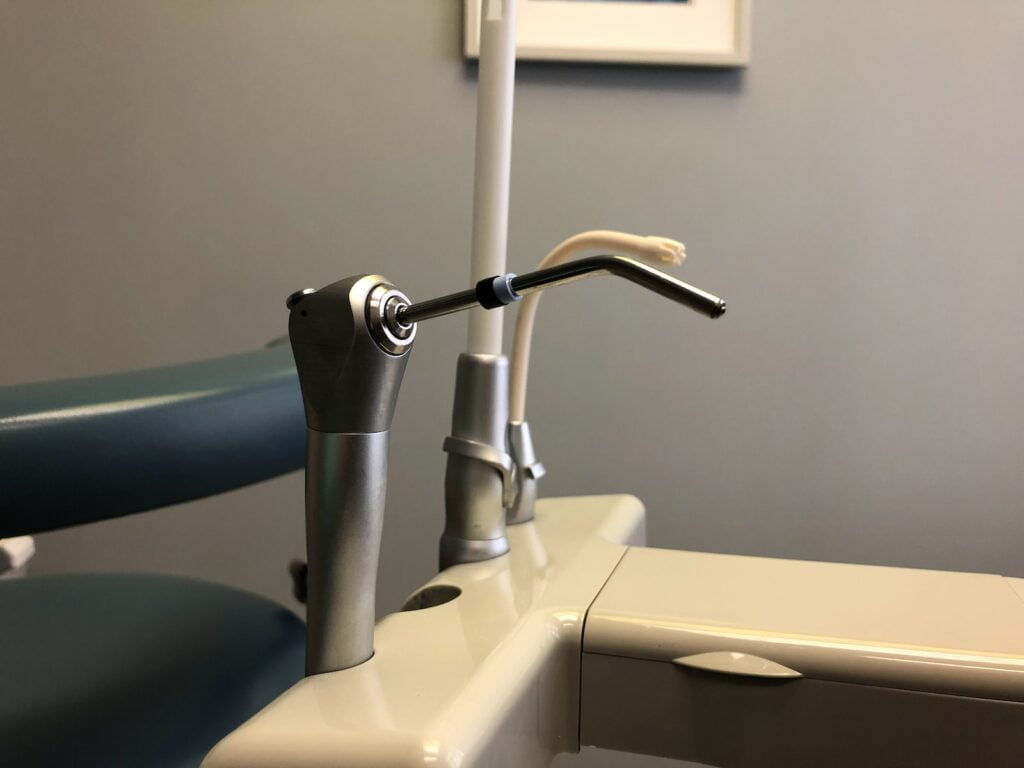Introduction
Root canal therapy is a vital dental procedure often shrouded in myths and misconceptions. It’s essential to demystify this treatment because timely intervention can not only alleviate pain but also save a tooth from extraction. In this comprehensive guide, we’ll explore what root canal therapy is, the signs that indicate its necessity, and what you can expect during and after the procedure.

What is Root Canal Therapy?
Root canal therapy, medically known as endodontic therapy, is a dental procedure performed to save a tooth that is severely decayed or infected. Contrary to common fears, modern techniques make it a relatively painless and highly effective procedure. It involves removing the damaged area of the tooth, cleaning, disinfecting, and then filling and sealing it.
Signs You Might Need a Root Canal
Recognizing the signs that you might need a root canal is crucial for timely treatment. These include severe tooth pain, prolonged sensitivity to hot or cold temperatures, discoloration of the tooth, and swelling or tenderness in the gums. If you experience any of these symptoms, consult your dentist immediately.
The Root Canal Procedure
The root canal procedure involves several steps:
- X-ray: To determine the extent of infection.
- Anesthesia: To numb the area and ensure comfort.
- Pulpectomy: Removing the infected pulp.
- Cleaning and Sealing: Disinfecting the canals and sealing them.
Advanced dental technology and techniques have made the procedure quite comfortable, often completed in one or two visits.
Recovery and Aftercare
Post-procedure, you may experience some discomfort, which is normal and manageable with over-the-counter pain relievers. It’s crucial to follow your dentist’s aftercare instructions, which include avoiding chewing on the treated tooth until it’s fully restored with a crown or filling. Good oral hygiene practices are essential for recovery and overall dental health.
The Importance of Root Canal Therapy
Root canal therapy is a tooth-saving procedure. It eliminates bacteria from the infected root canal, preventing reinfection and saving the natural tooth. Preserving your natural tooth is important for several reasons, including maintaining proper chewing function and protecting other teeth from excessive wear.
Debunking Myths About Root Canal Therapy
Several myths surround root canal therapy – the most common being that it’s extremely painful. With modern anesthesia and techniques, the discomfort experienced during a root canal is comparable to that of a filling. Another myth is that extraction is a better alternative, but tooth extraction can lead to other dental issues and more extensive treatments in the long run.
Choosing the Right Dental Professional
Selecting the right dental professional for a root canal is crucial. Look for an experienced dentist or an endodontist, a specialist in this type of treatment. Check their qualifications, reviews, and ask about the technology and methods they use.
Conclusion
Root canal therapy is a highly effective procedure for saving a tooth that might otherwise need to be extracted. Understanding what the procedure entails, the signs that you might need one, and debunking the common myths can help alleviate any apprehensions you might have.
If you’re experiencing symptoms that suggest the need for a root canal, don’t hesitate to consult your dentist. Timely treatment is key to preserving your dental health and avoiding more extensive procedures in the future. For more information or to schedule a consultation, contact your dental professional today.
FAQs
What is Root Canal Therapy?
Root canal therapy is a dental procedure used to treat infection or damage in the tooth’s root canal. It involves removing the damaged or infected pulp, cleaning, disinfecting, and then filling and sealing the interior of the tooth. This treatment can save and restore a tooth that might otherwise need to be extracted.
How Do I Know if I Need a Root Canal?
You may need a root canal if you experience severe tooth pain, prolonged sensitivity to hot or cold, swelling or tenderness in the gums, or discoloration of the tooth. These symptoms suggest that the pulp inside your tooth might be infected or inflamed. However, only a dental professional can diagnose the need for a root canal after an examination.
Is Root Canal Therapy Painful?
Modern root canal treatments are typically no more painful than getting a filling. With the use of local anesthetics, the procedure itself is relatively pain-free. Some discomfort or mild pain after the procedure is normal and can be managed with over-the-counter pain relievers.
What Can I Expect After a Root Canal Procedure?
After a root canal procedure, your tooth may feel sensitive for a few days, especially if there was pain or infection before the treatment. This discomfort can usually be managed with over-the-counter pain medications. It’s important to follow your dentist’s advice on oral hygiene and avoid chewing on the treated tooth until it has been fully restored.
How Long Does a Root Canal Treatment Last?
With proper care, a tooth that has undergone root canal therapy can last a lifetime. The success of the treatment depends on how well the tooth is cared for post-procedure. This includes maintaining good oral hygiene, regular dental check-ups, and avoiding habits like chewing hard foods that could cause damage.
